In this conversation, Matthew Marino—a recognized expert in occupational exoskeletons—provides a comprehensive overview of pediatric exoskeleton solutions and related non-exo devices, with a special focus on cerebral palsy (CP) applications. We were fortunate to have Matt on Episode 12, as there are only a handful of people on this planet who are both involved with exoskeleton development or applications and have family members in acute need of a physical mobility aid. Matt provides an objective view of what is currently available, neither hyping anything up nor falling into despair at the lack of a perfect solution. If you are working with or plan to work with pediatric exoskeletons, mobility aids, or physical rehabilitation devices for the young ones, then this episode is an absolute must for you.
Matthew Marino has over twenty years of experience in physical rehabilitation, health, fitness, human performance, ergonomics, and injury prevention, as well as in designing, testing, and implementing wearable sensors and exoskeleton technologies. He has worked hands-on with exoskeletons since 2015 and has been actively involved in creating standards for ASTM Committee F48 on Exoskeletons and Exosuits since 2017. Through his leadership, he has helped establish safe and effective exoskeleton practices for preventing workplace injuries and assisting injured workers in returning to their jobs. Matt and I (Bobby) are founding members of the ASTM Exo Technology Center of Excellence, where we collaborated on several projects. He owns two companies—Evolving Innovation and Prime Performance—and, on a personal note, is also the father of a special needs child with cerebral palsy (CP).
Topics: 00:00 Introduction 02:12 What is CP 04:50 What could a pediatric exoskeleton for CP look like? 09:13 Long-term benefits from mobility assistance. 11:19 Impressions from using other pediatric wearables. 21:36 The need for more financial investments. 29:32 What else is needed?
As usual, you can watch the full podcast episode on YouTube (above) or listen to the audio version right here (below) or on your favorite audio platform.
Also available on all major music and podcast platforms:
Relevant links:
- Prime Performance: https://primeperformancept.com
- Evolving Innovation: https://innovatepnw.com
Special thanks to our Patreon supporters for helping make this episode a reality!
Heartfelt thanks to our paid Patreon subscribers:
- Main Tier: SupperEssence, Karl, George Woodland, Stefano Toxiri
- V.I.P: Volker Bartenbach, Rita Vazquez-Torres, MinMar
- Corporate Tier: Humotech, Auxivo, HeroWear, Digity
If you like this content, please consider donating!
Summary:
In this episode, Matt Marino shares a deeply personal and professional perspective on pediatric exoskeletons, particularly as the parent of a child with cerebral palsy (CP). He explains CP’s medical origins and variability, noting how it can manifest as involuntary movements, muscle tone imbalances, and a lack of motor control.
Matt discusses how pediatric exoskeletons offer the potential to improve mobility, balance, and functional independence—not by making movement “normal,” but by enabling meaningful physical activity. He highlights the importance of devices that can provide resistance and stabilization, drawing comparisons to therapies used for tremors and involuntary limb motion. He stresses that for some children, the value of a device lies in its ability to dampen excessive movement and provide the joint support needed for controlled activity.
He shares his family’s firsthand experiences using pediatric exoskeletons such as the ExoBand Baby from Moveo Walks and the Lokomat system at Shriner’s Hospital. Despite his expertise in exoskeletons, Matt was surprised to learn that a Lokomat had been available locally for years, underlining a significant issue: even those deeply embedded in the field may not be aware of available pediatric rehab tools due to poor visibility and outreach.
Matt elaborates on the potential lifelong benefits of pediatric mobilization through exoskeletons, stating that early and frequent movement creates a compounding health effect similar to compound interest. Exercise improves function in the short term and establishes muscle mass, balance, and bone density, which are critical for adulthood. Devices that facilitate more physical activity can, therefore, improve quality of life now and far into the future.
The conversation expands into practical realities, such as difficulty adapting devices between environments, cost barriers, and the lack of streamlined options. From powered systems like the Lokomat to resistance-based suits like TheraSuit, Matt describes a spectrum of robotic and non-robotic devices being trialed and used. He also mentions organizations like Trexo Robotics, Marsi Bionics, Biomotum, and Angel Robotics, which are innovating in this space, though he notes that the market remains underdeveloped and fragmented.
A major recurring theme is the lack of awareness among clinicians, therapists, and caregivers. Matt emphasizes that most families learn about assistive devices from their doctors or therapists, not from industry websites or conferences. If those professionals aren’t aware of the devices—or if they aren’t backed by robust research and covered by insurance—they won’t be recommended or used. He calls for better integrating exoskeleton education into medical and therapy networks and for more substantial clinical evidence to support adoption.
Finally, Matt outlines several barriers the field must address in the next five years: improving fit and comfort, creating affordable options, building insurance pathways, and increasing medical awareness. He stresses the need for investment—not just financial but systemic. Without coordinated efforts across research, regulation, reimbursement, and user-centered design, the technology won’t reach the families who need it most. He concludes with a hopeful but realistic outlook: a one-size-fits-all pediatric exoskeleton may never exist. However, with thoughtful development, a portfolio of specialized tools can offer meaningful progress for children with disabilities.


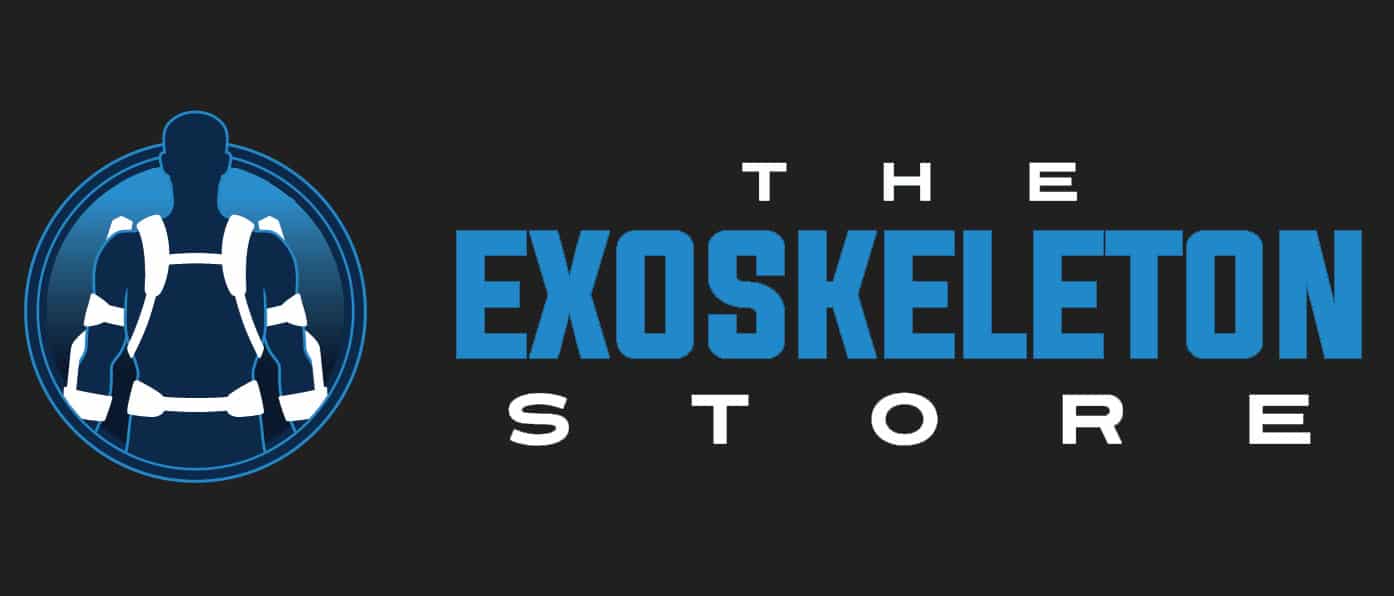
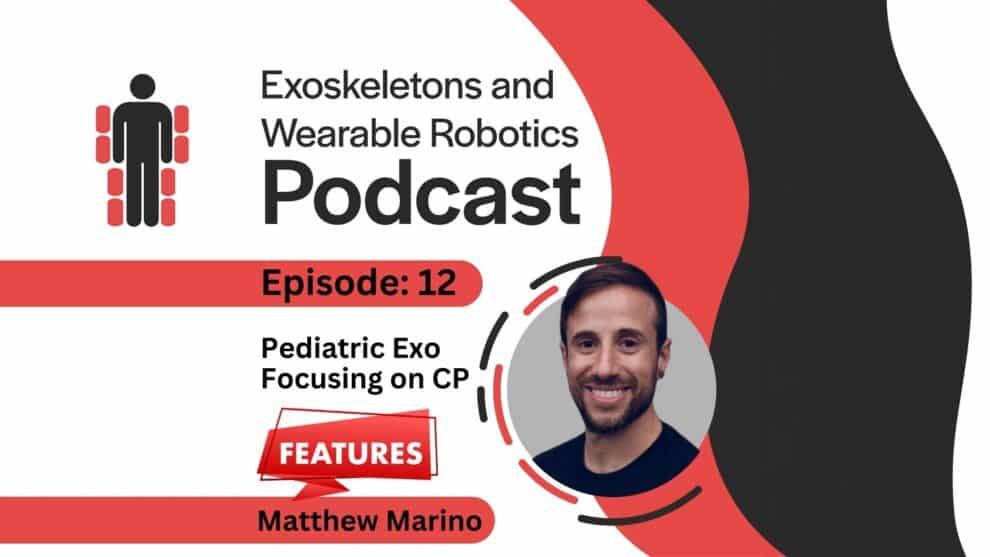
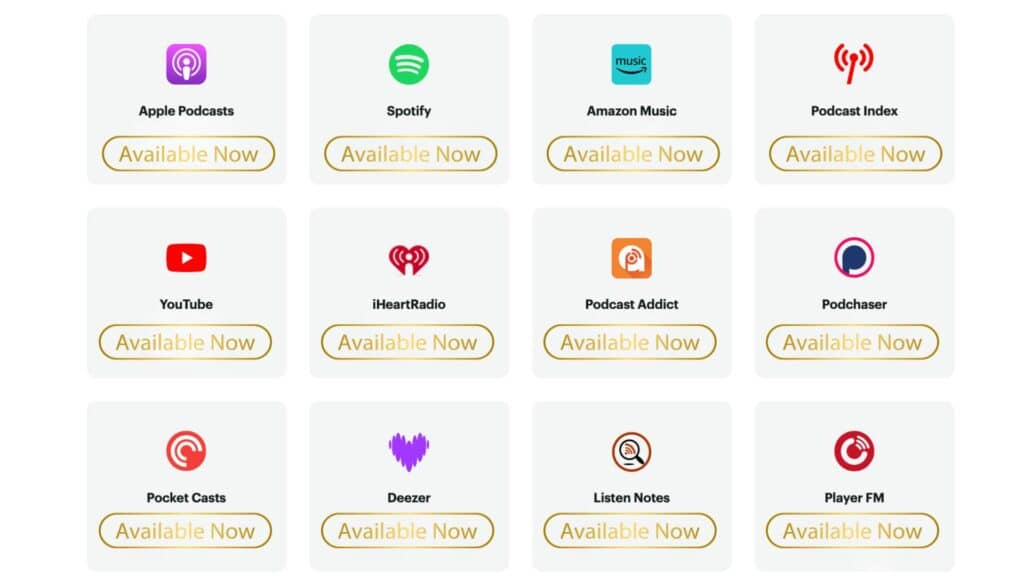
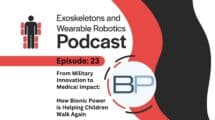

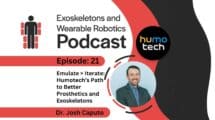


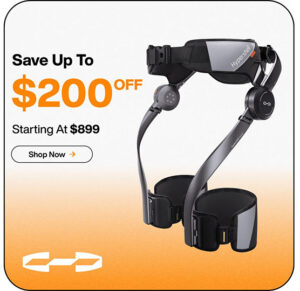
Add Comment